
Imagine waking up in the morning with absolutely no backache. Isn’t that a revitalizing dream? Back discomfort has spread like wildfire, affecting people of all ages and genders. You may never realize that there are several great yoga poses for back pain. Reduce Back Pain Tips and Techniques.
Yoga has been shown to have numerous health advantages. It contributes to our mental and physical well-being, relieves stress, increases focus, and so forth. Yoga for back pain is an unaffected and common supplement you can take without hesitation Reduce Back Pain Tips and Techniques for Managing.
Reduce Back Pain Tips and Techniques for Managing When performed correctly, these yoga poses for lower back pain strengthen and relax your muscles, which in turn helps with discomfort. Daily yoga physical activity makes your mind pay attention to your body’s subtle cues.
The Best 7 Yoga Positions to Reduce Back Pain Tips
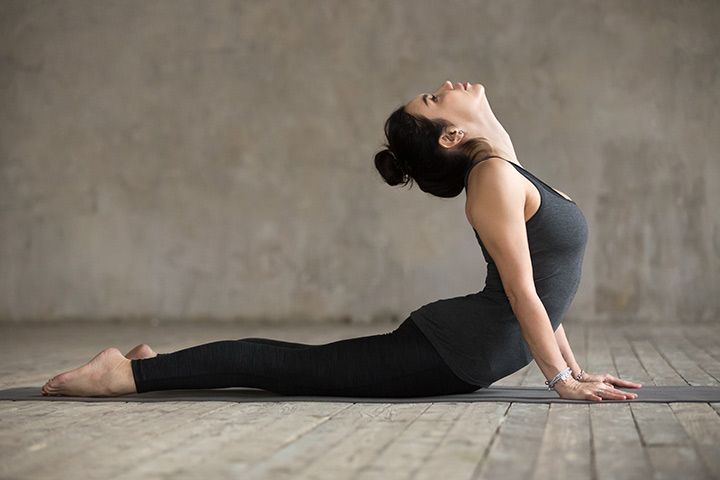
Bridge posture: Bridge posture is thought to help you stretch your chest, shoulders, and stomach while strengthening your buttocks, legs, ankles, and mid-to-upper-back muscles. The backbend can help with posture, and mitigate the negative consequences of slouching and extended sitting.
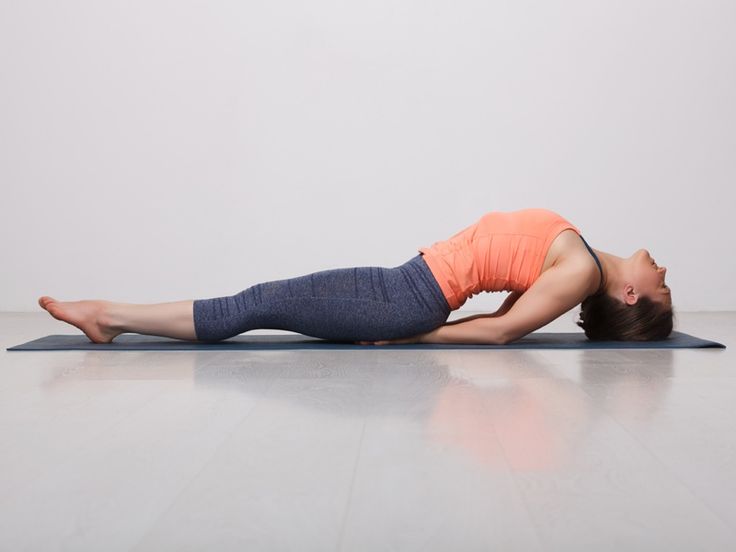
Matsyasana ( fish pose): The term “fish’’Matsyasana, in Sanskrit, is the root of Matsyasana. One yoga pose done while lying on your back is called Matsyasana. This pose is known as “Fish Yoga Pose” because the body forms a fish-like shape. Both stomach ache and abdominal obesity are reduced.

- Ustrasana ( camel pose): The Camel Pose, sometimes called Ustrasana, This pose’s last position is very similar to the elegant camel’s hump. In addition to being aesthetically pleasing, this pose has numerous physical, mental, and spiritual advantages.
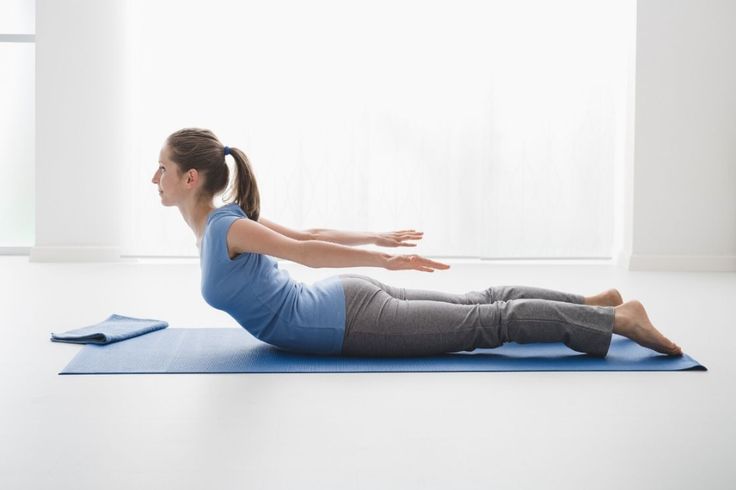
Locust Pose: We all know that yoga helps our bodies and minds function better. Additionally, it shields you from some illnesses. Lying on one’s stomach allows one to perform the locust pose. The spine and upper back can be stretched with this stance. This strengthens your upper body and midsection. This posture strengthens the spine.
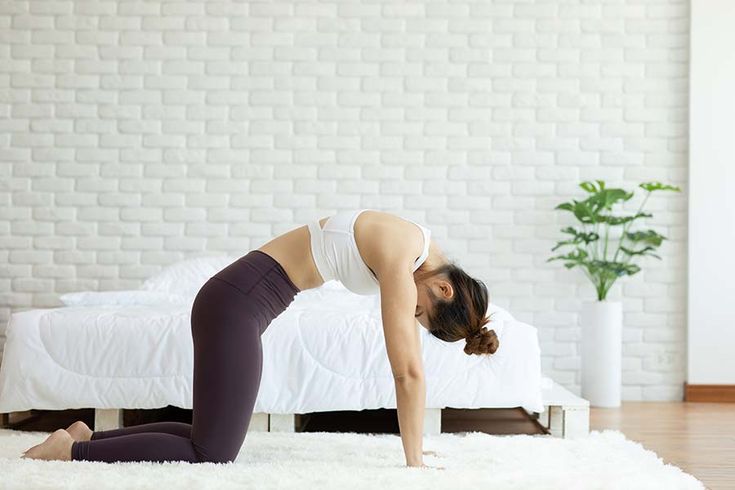
Marjaryasana ( cat pose): Some people refer to this forward-bending, backward-leaning yoga pose as Marjarasana or Cat Pose. One popular pose with numerous health advantages is the catwalk. It provides a great stretch for the spine and relieves stress in the neck and back. Let’s examine its benefits and how it operates in further detail.
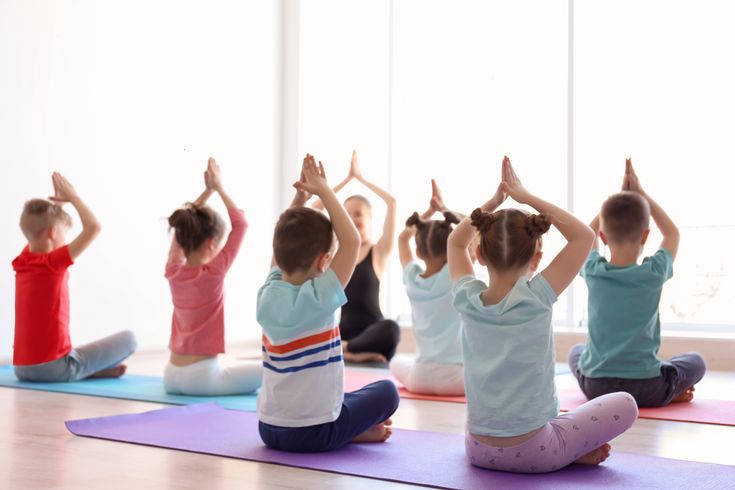
Child’s pose: The best method to unwind and relieve stress in your neck and back is to perform this simple forward fold. It stretches and lengthens your spine. Furthermore, the Child’s Pose lengthens your hips, thighs, and ankles. This pose is beneficial for reducing tension and exhaustion.

Half Cobra pose: A half cobra position is a good way to stretch and extend the spine and broaden the shoulders and chest before moving on to a full cobra and other more difficult backbends. The half cobra lowers tension, anxiety, and moderate sadness while improving focus.
The Top 5 Benefits of Yoga for Back
- Strengthening the Lower Back and Core Muscles: Weak muscles, particularly in the lower back and core, often cause back pain. Yoga positions like Setu Bandhasana (Bridge Pose) and Bhujangasana (Cobra Pose), which strengthen and stabilize the spine, focus on these regions.
Reducing Tension and Stress: Back pain and other physical discomfort are frequently signs of mental and emotional stress. Back stiffness can be released by calming the mind and relaxing the body with gentle, restorative yoga poses like Savasana (Corpse Pose) and Balasana (Child’s Pose).
- Encouraging Circulation and Healing: Yoga increases blood flow to the back’s muscles and tissues, lowering inflammation and speeding up healing This enhanced circulation provides essential oxygen and minerals to those affected.
- Improving Alignment and Posture: Bad posture, which can be brought on by bad body mechanics or extended sitting, is one of the primary causes of back pain. Yoga poses that align the spine and heighten awareness of body mechanics, such as Tadasana (Mountain Pose) and Virabhadrasana, aid in improving posture.
- Enhancing Mobility and Flexibility: Tight muscles, especially in the hamstrings, hips, and lower back, can exacerbate back pain. Stretching positions like Paschimottanasana and Supta Matsyendrasana improve flexibility and lower stress levels by gently extending these muscles.
The Significance of Maintaining an Active Lifestyle

There are more advantages to lower back pain exercises than just providing immediate relief. Frequent exercise reduces the chance of future injuries, helps you maintain a healthy weight, and improves your posture. Staying active is a crucial part of long-term at-home treatment for lower back pain, yet many people undervalue the importance of exercise in managing back pain.
When to Consult a Medical Professional
While self-care may be sufficient for managing back pain at home, there are instances when symptoms may suggest a more serious underlying condition, such as inflammatory arthritis, spinal fractures, infections, nerve damage, or tumors.
Indicators that may warrant concern regarding back pain include:
Intense pain that significantly impairs mobility or the ability to carry out daily tasks
She was accompanied by fever alongside back pain
Recent injuries, including falls or automobile accidents
Experiencing numbness or weakness in the legs.
Conclusion:
Back pain can be effectively managed and reduced with yoga. Pose combinations that target the hip, back, spine, and core muscles can improve posture, reduce soreness, and allow you to move more easily. Daily yoga can provide long-lasting relief from acute or chronic discomfort. Experiencing back pain can be extremely limiting, but the positive aspect is that there are effective ways to find relief. Regardless of whether your discomfort stems from bad posture, muscle strain, or a more severe medical issue, numerous techniques are available to help reduce pain and avoid additional complications. Engaging in regular physical activity, maintaining proper posture, incorporating stretching routines, and using ergonomic equipment can all significantly promote a healthier back. Furthermore, obtaining professional advice from healthcare practitioners such as physical therapists or chiropractors can provide customized treatments designed to meet your unique requirements.
Pay attention to your body’s signals and respond promptly to any signs of discomfort. By combining self-care, lifestyle changes, and professional help, you can effectively handle back pain and enhance your overall well-being.
